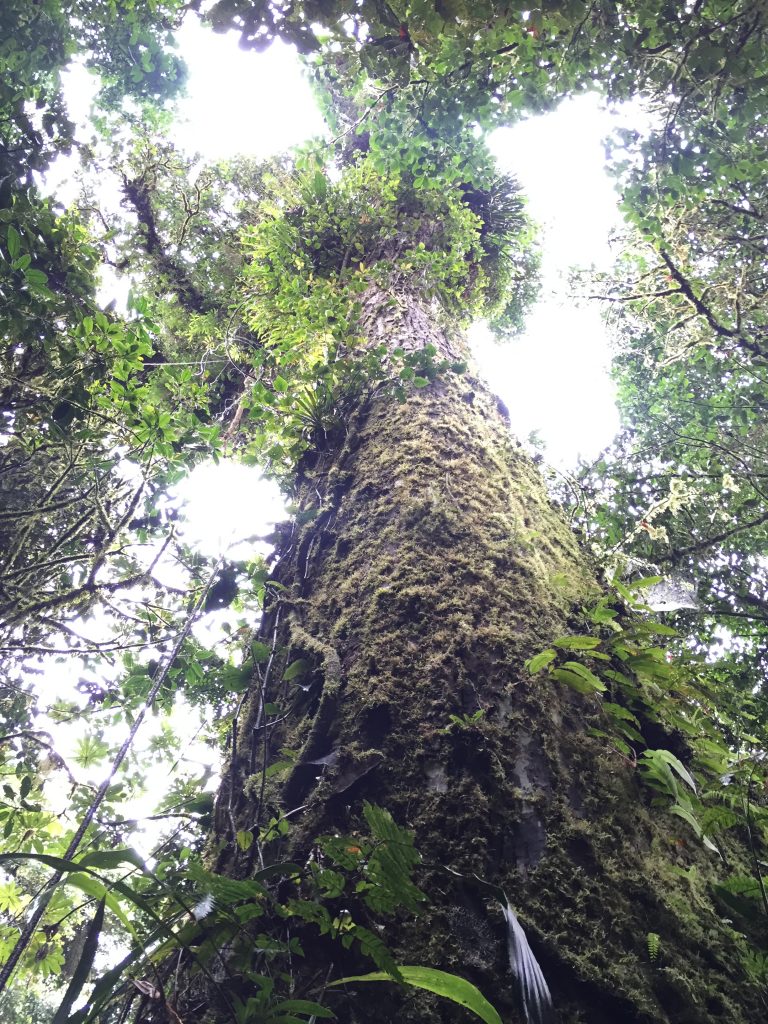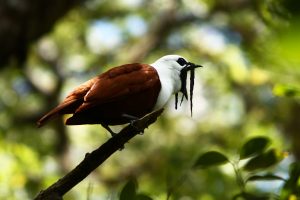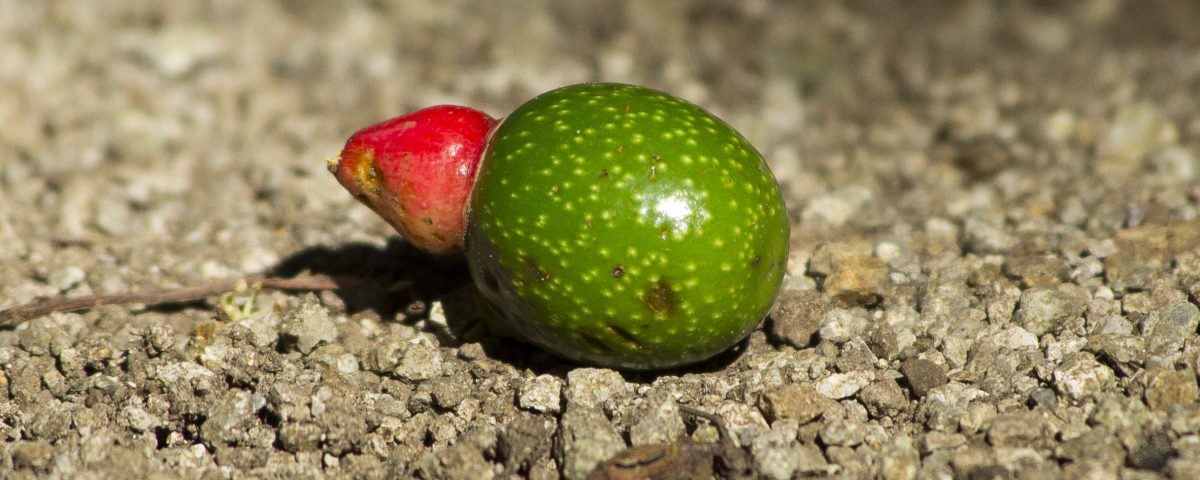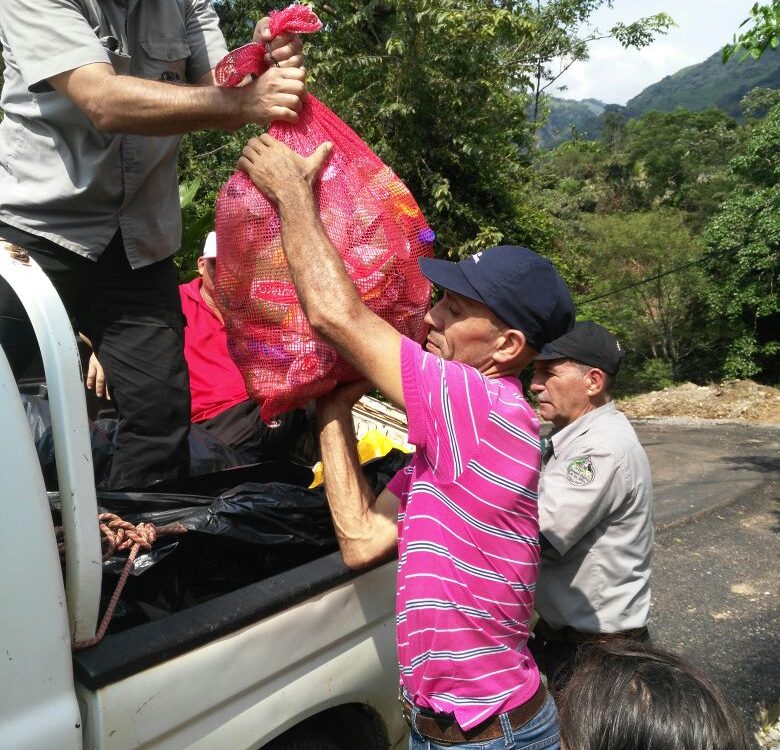
Art in the BEN: Creative internships promote environmental education
25 abril, 2017
Plantas, entre plantas, sobre plantas: Epífitas!
23 junio, 2017You’ve heard that avocadoes are great for your health: they’re high in nutrients, fiber, and “good” fat. But that avocado you’re mashing up for guacamole is just one of hundreds of species of avocado worldwide, including about 200 species just in the genus Persea (the avocado we usually eat).
The avocado is part of the botanical family Lauraceae, a family which also includes cinnamon, bay laurel, and sassafras and comprises about 2,850 species worldwide. The Children’s Eternal Rainforest (CER) is home to a whopping 3% of the world’s Lauraceae species. Of the ~90 wild avocado species found in the CER, at least 6 are found in and around the Bajo del Tigre Reserve in the heart of Monteverde.
Most of the little avocadoes (or “aguacatillos”, as they are frequently referred to in Spanish) are relatively small, with a large seed in comparison to the whole fruit. The Spanish word “aguacate” comes from an Aztec word meaning “testicle tree.”

The little avocadoes are not generally eaten by people, but they are a critically important food source for some of Costa Rica’s most spectacular fruit-eating birds, including the Resplendant Quetzal, Black Guan, Bare-necked Umbrellabird, and Three-wattled Bellbird (photo at right).
Not only do these birds depend on the avocadoes for food – the little avocado trees also depend on the birds, who are not bothered by the relatively large seed. The birds eat the fruit whole, later regurgitating the seed and dropping it to the ground below, usually from the original tree. This seed dispersal supports ecosystem health and, in some cases, even helps natural regeneration (reforestation) in nearby pastures.
Want to learn more about wild avocadoes and the birds that disperse them?
- A Guide to the Birds of Costa Rica, by F. Gary Stiles and Alexander F. Skutch
- Tropical Plants of Costa Rica, by Willow Zuchowski
- Costa Rican Conservation Foundation: Tropical habitat protection and restoration with special emphasis for the Three-wattled Bellbird
- Why the avocado should have gone the way of the dodo
Monika Buczak is a student at Lehigh Univeristy. She completed an internship with the Monteverde Conservation League & Children’s Eternal Rainforest in July 2016. Lindsay Stallcup is the Executive Director of the MCL. Photographs by Orlando Calvo/Enfocus CR.



